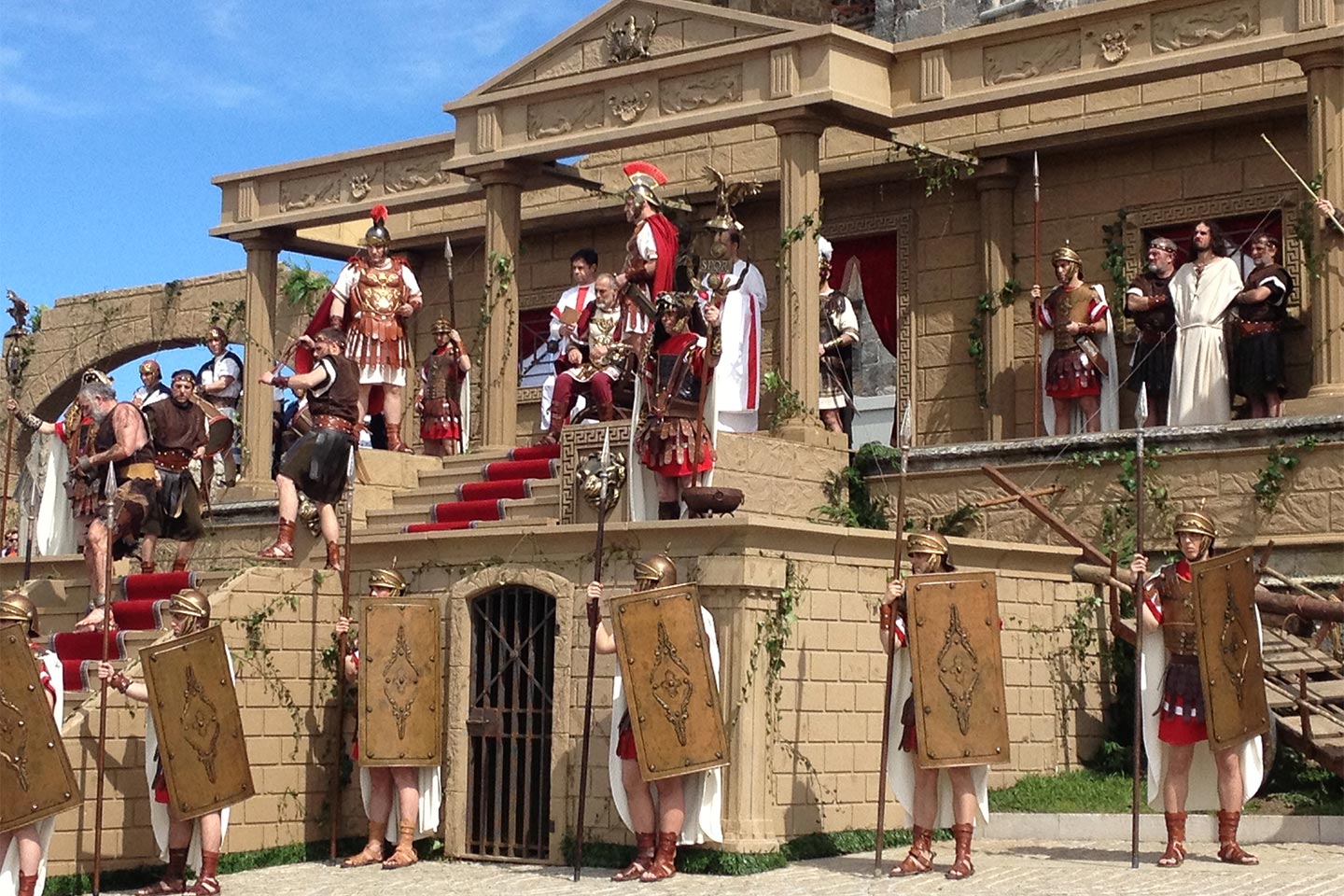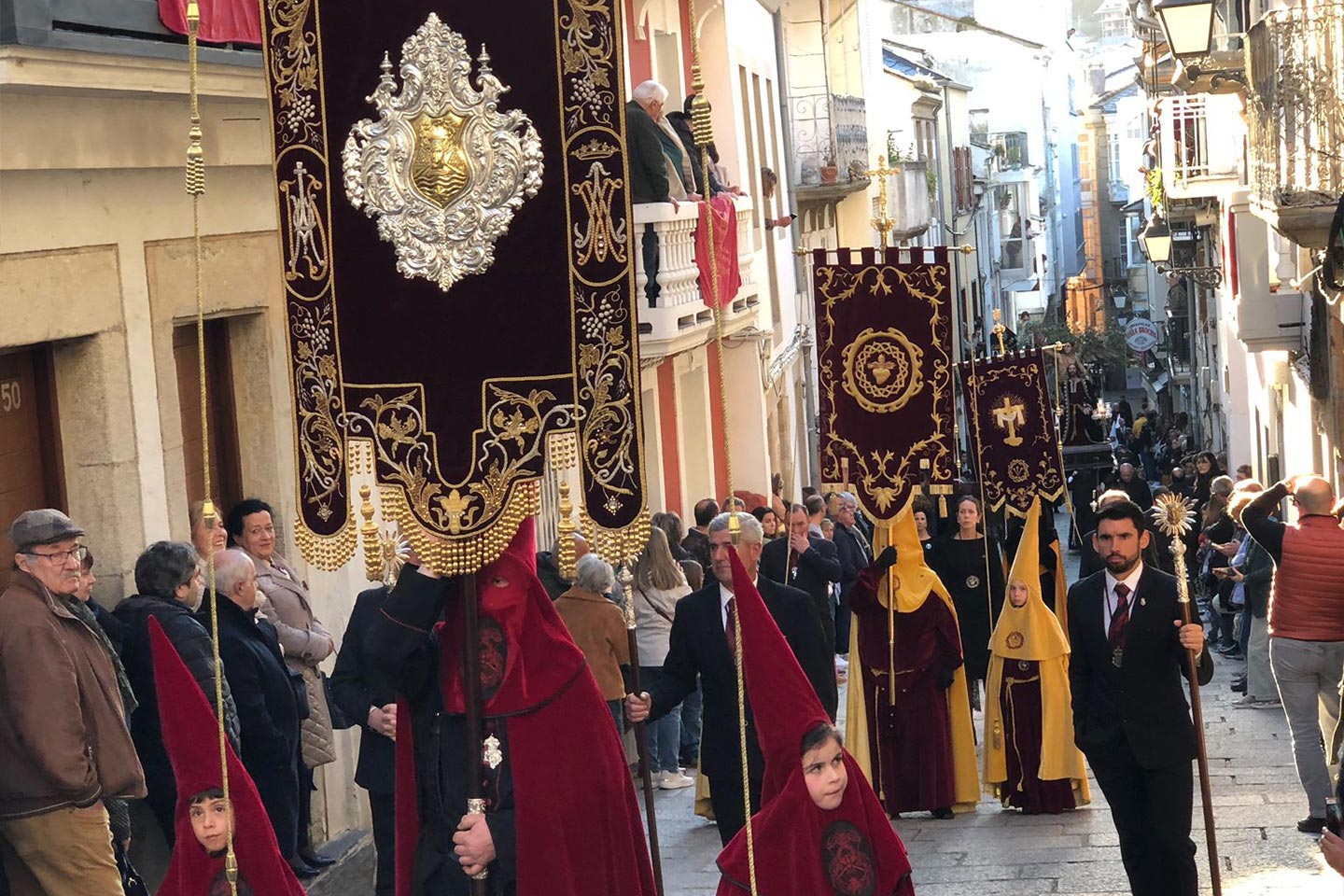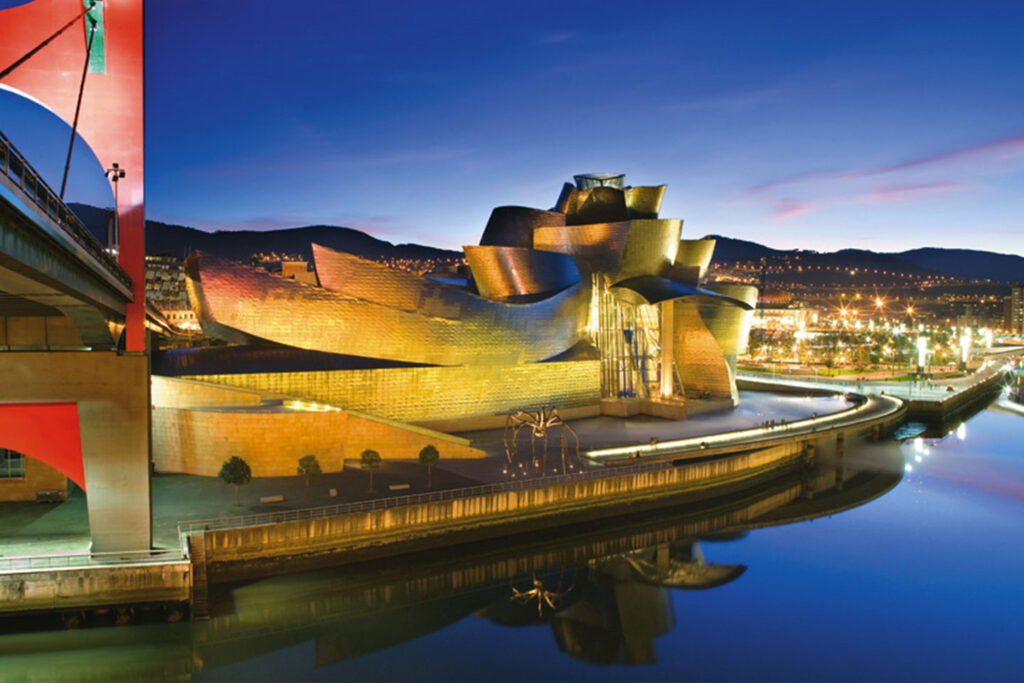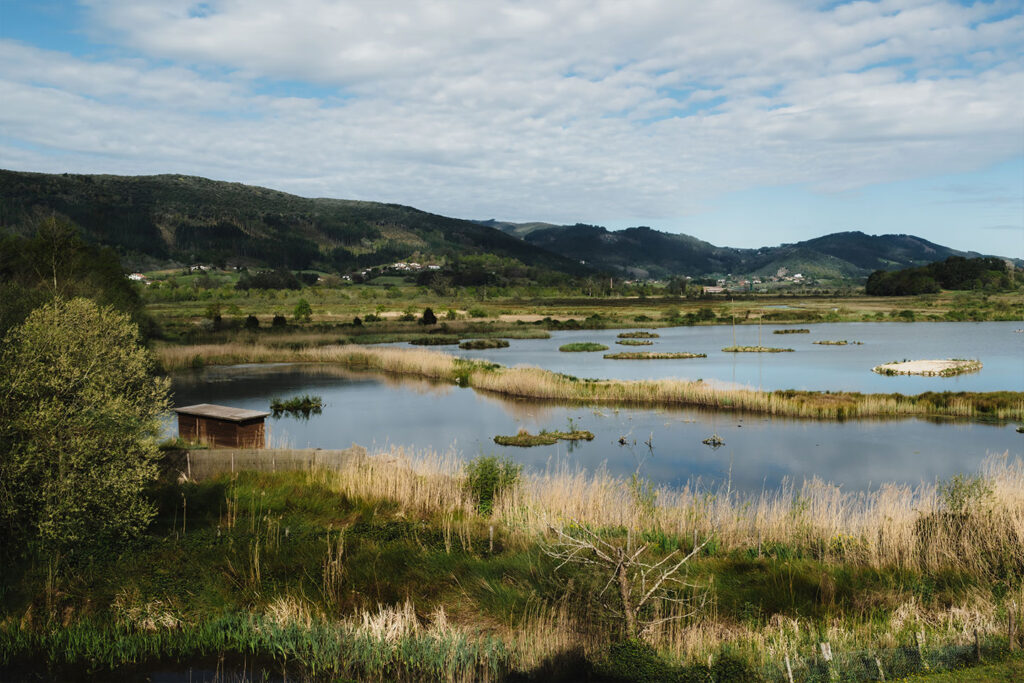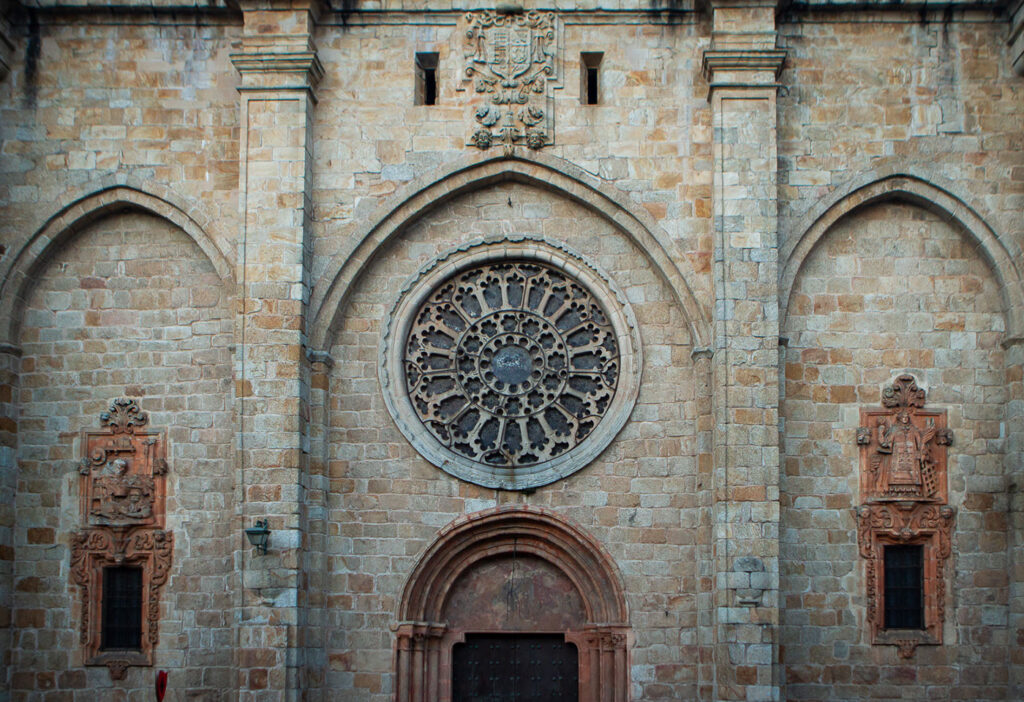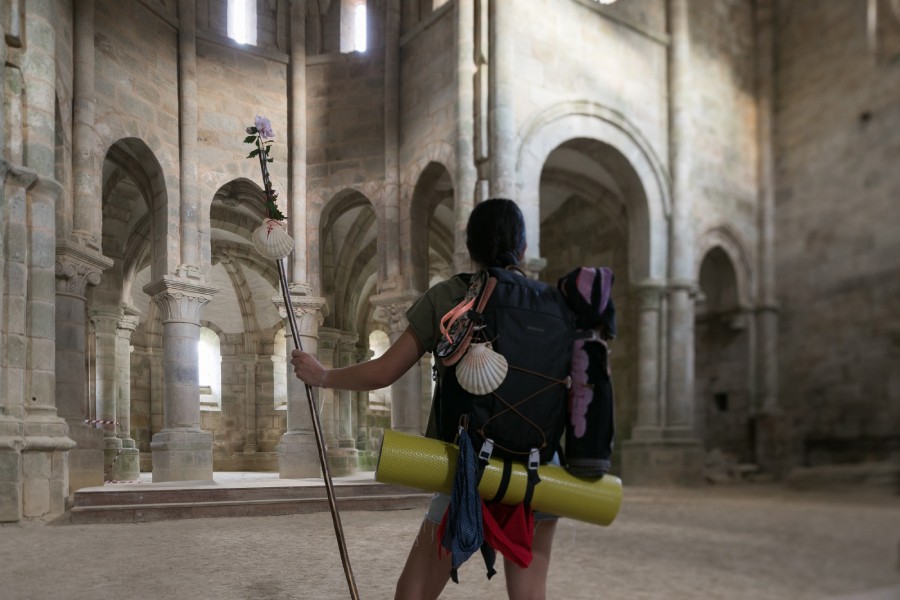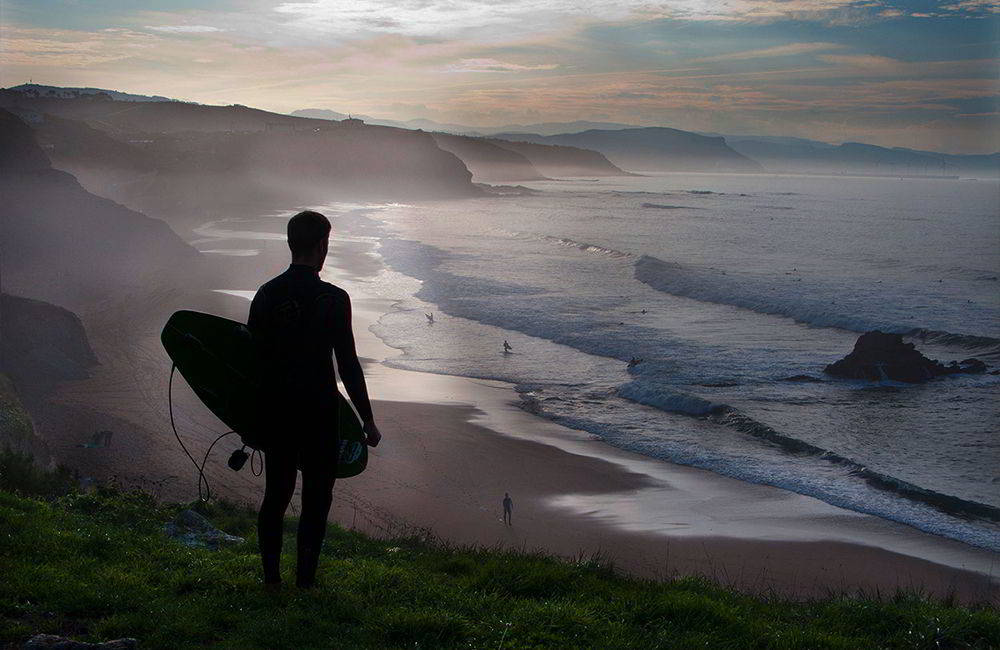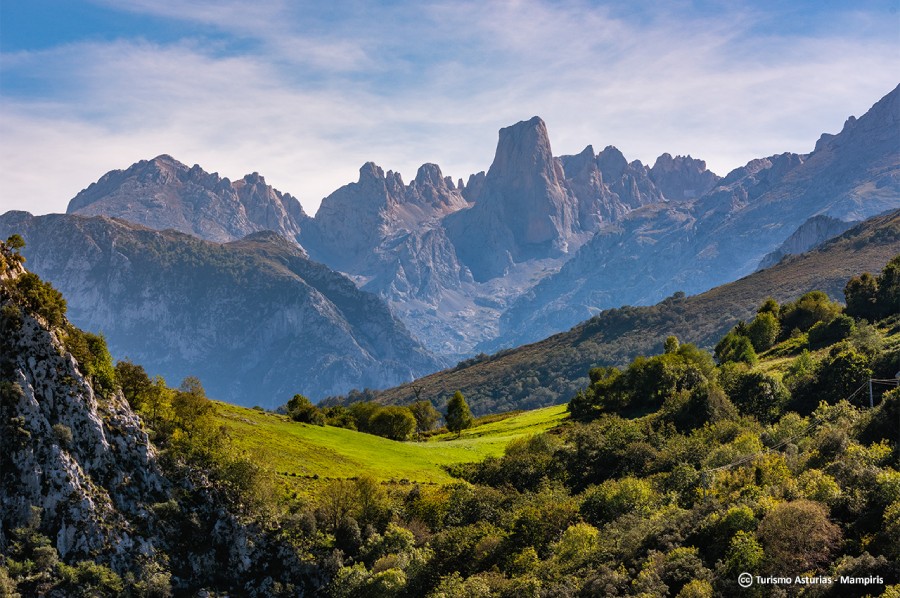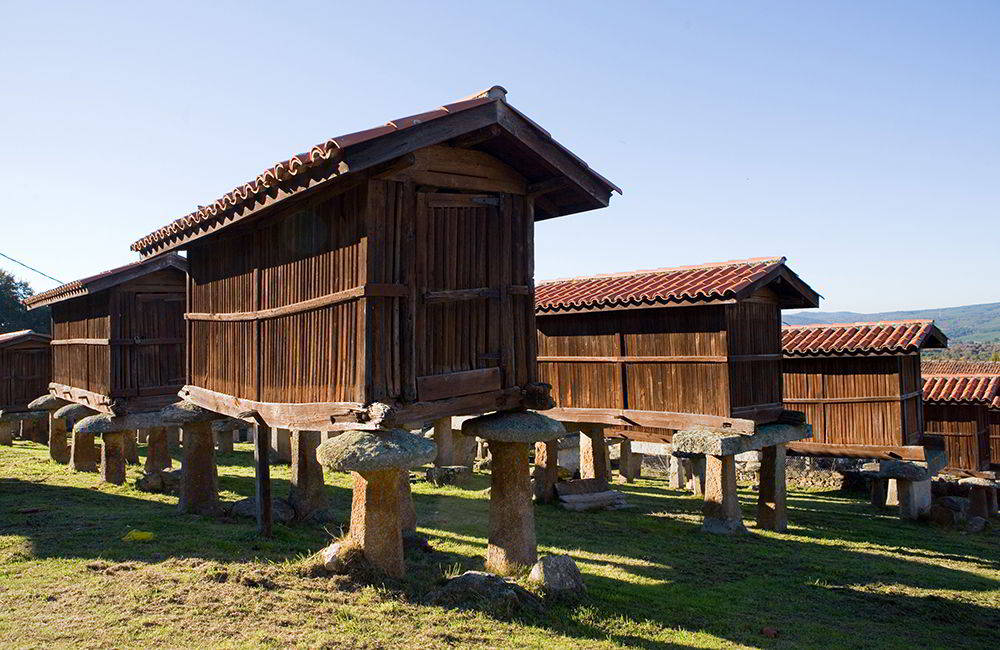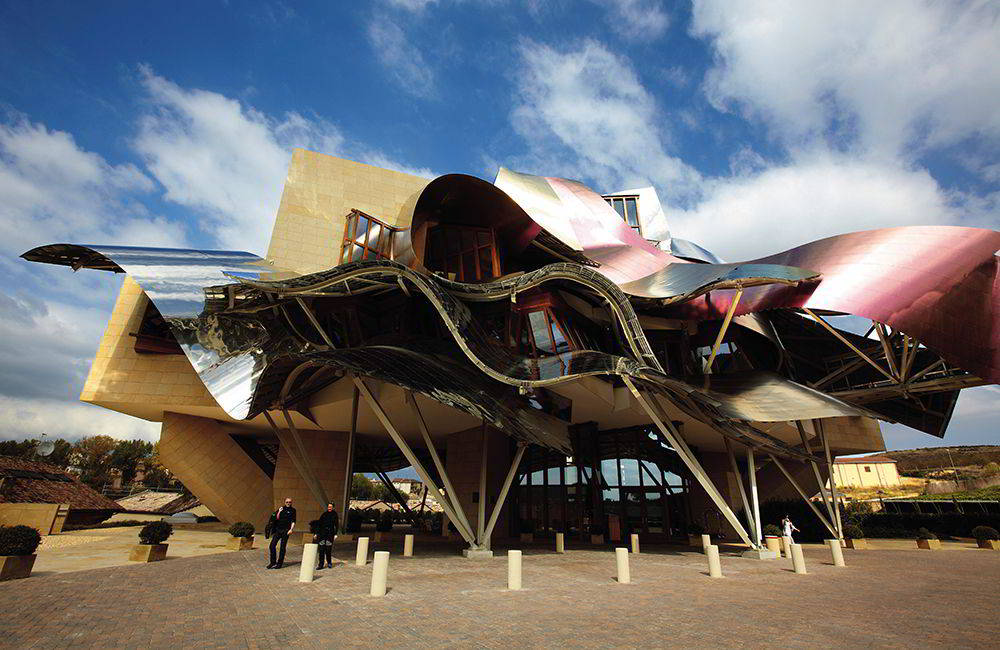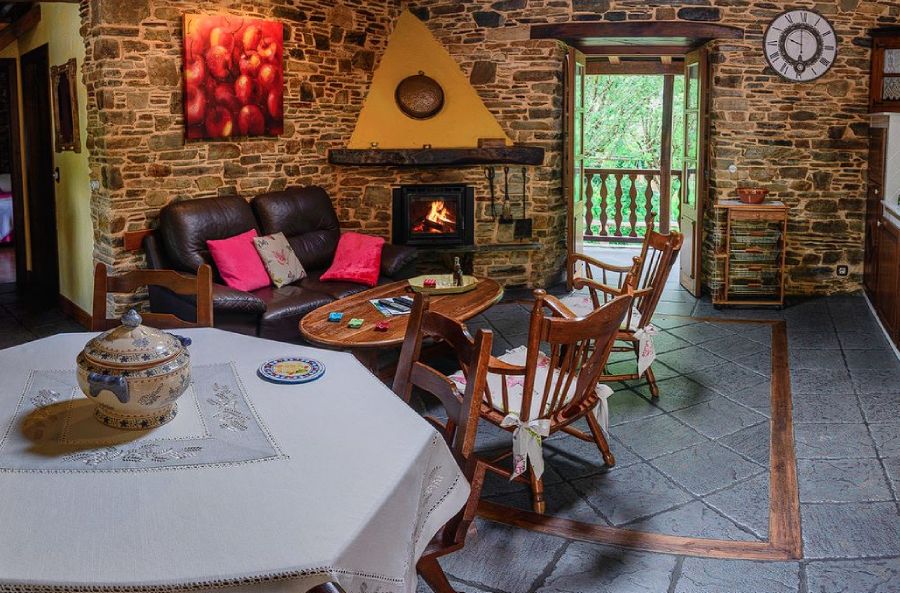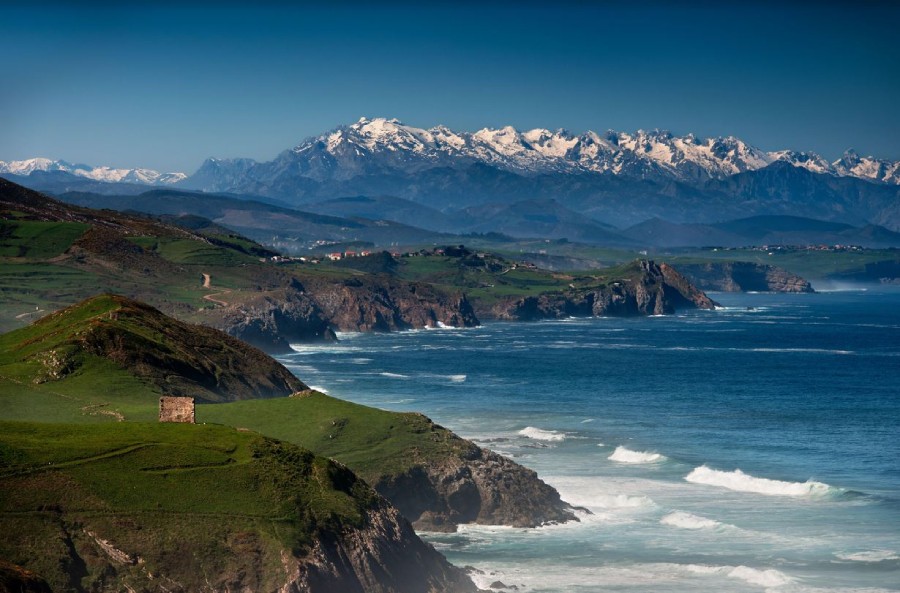For centuries, northern Spain has been a land associated with witches, mythologies, and pagan cults. However, there is a deep Christian tradition that reaches its peak during the Holy Week celebrations. Medieval automatons and Passion plays featuring more than 700 actors are just some of the unique experiences you can witness (and live) during the most devout time of the year.
Holy Week in Laguardia (Araba, Euskadi)
From the moment you approach Laguardia by car, it’s easy to sense how special its Holy Week will be. Just a few kilometers from the town, the imposing rock on which it stands rises from a sea of vineyards that, in spring, begin to turn green. The celebrations start on Holy Thursday, but the most remarkable moment happens on Good Friday afternoon: the Unnailing of a 13th-century articulated Christ (a true medieval automaton) in the Church of San Juan Bautista, before being carried to the other end of the town, to the Church of Santa María de los Reyes. The ‘body’ is placed inside a glass-enclosed tomb and transported through the narrow streets of Laguardia to the beat of the confraternity’s drums.
What to See in Laguardia?
Laguardia itself, both from the inside and the outside. That is, you must walk through its streets, circle its walled areas, visit Plaza Mayor again and again, or climb the Abacial Tower to admire the sea of vineyards in Rioja Alavesa. But don’t forget that Laguardia is also spectacular when viewed from the outside, from Prao Lagoon, the Leza road, or the road to Lapuebla de Labarca.
A unique masterpiece in Europe: the Gothic entrance of the Church of Santa María de los Reyes and its set of polychrome sculptures. Thanks to the 16th-century vault, this ensemble has remained almost unchanged to this day.
What Experience Can You Have in Laguardia?
Explore the underground wineries where some of the famous Rioja Alavesa wines are aged. These are traditional wine presses with a troglodytic appearance and a humid atmosphere, maintaining a constant temperature all year round. The nearby Villa-Lucía Wine Theme Center & Museum explains everything about these structures and the winemaking culture of Rioja Alavesa. A must-visit.
For centuries, northern Spain has been a land associated with witches, mythologies, and pagan cults. However, there is a deep Christian tradition that reaches its peak during the Holy Week celebrations. Medieval automatons and Passion plays featuring more than 700 actors are just some of the unique experiences you can witness (and live) during the most devout time of the year.
Holy Week in Castro Urdiales (Cantabria)
It is not common for a Holy Week event to attract as many spectators and devotees as a major pop music concert. Yet, this happens every year during the Living Passion of Good Friday in Castro Urdiales, a festival declared of National Tourist Interest. What makes it so special? The entire town comes together to bring to life a performance involving around 700 actors, with all the technical complexity that entails—from the creation of costumes to the coordination of the event. It is no surprise that nearly 40,000 visitors flood the streets each year to witness the final hours of Christ’s life.
What to See in Castro Urdiales?
Surely, the Church of Santa María is one of the most spectacular Gothic temples along the Cantabrian coast. It is impressive both for what it holds inside (its dimensions are overwhelming) and for its privileged location—nowhere else in Spain is a Gothic church so close to the fierce sea. The Santa Ana castle-lighthouse, the bridge leading to it, and the nearby hermitage complete one of the most stunning medieval ensembles in Green Spain.
The other side of Castro Urdiales is its fishing and maritime heritage, which is evident in its port, old town (always a pleasure to stroll through), and the Plaza del Ayuntamiento.
What Experience Can You Have in Castro Urdiales?
How about a top-tier gastronomic experience tasting some of the specialties that have made Cantabrian cuisine famous?
Traditionally, during Holy Week, Spanish cuisine has adapted to Christian customs that encourage avoiding meat consumption. In Castro Urdiales, this has never been an issue, as this is the time of year when anchovies (also called boquerones or bocartes) are at their best. There are various preparations, such as salted (there is also a canning industry here, as in nearby Santoña) or battered. Cod dishes are plentiful, as well as different hake preparations, with hake in green sauce standing out.
Desserts deserve a special mention because, in addition to the classic Holy Week staples like leche frita and torrijas, there are Cantabrian variations found in some restaurants, such as torrija made with sobao pasiego. Another delicacy that escapes the Holy Week restrictions is cheese, an area in which Cantabria also excels. Notable varieties include the powerful and intense Picón Bejes-Tresviso and the opposite of it: the Nata Cheese, a delightful creation with an unforgettable creamy and buttery touch.
Holy Week in Viveiro (Lugo, Galicia)
Not only is it one of the most highly regarded Holy Week celebrations in Galicia, but it is also one of the oldest in Spain, with records of its uninterrupted observance dating back to the 13th century. This long tradition has led to its designation as a National Tourist Interest Festival and, since 2013, an International Tourist Interest Festival. What should you not miss at this Viveiro celebration? The Holy Encounter on Good Friday, which always astonishes with its uniqueness: a group of articulated figures (yes, automatons once again) reenact the Passion of Christ in the streets, right in the midst of the crowd.
What to See in Viveiro?
It is essential to explore its charming historic center, entering through the iconic Carlos V Gate; visit medieval landmarks such as the Church of Santa María del Campo or the Romanesque arches of the San Francisco Convent. A bright and lively spot? Plaza Mayor. A couple of picturesque and atmospheric corners? The Porta do Valado and the Callejón del Muro.
Do not forget the coastal side of Viveiro: take a stroll (or a swim) along the spacious Covas Beach; explore the cliffs of San Román; or ascend (on foot, by bike, or by car) to the Monte San Roque viewpoint for a unique panoramic view of the estuary and coastline.
What Experience Can You Have in Viveiro?
For almost 20 years, Viveiro has been the top destination for fans of heavy music thanks to the Resurrection Festival, one of the world’s most important metal festivals. Held in July, it lasts three days and has hosted legendary bands such as Kiss, Judas Priest, Iron Maiden, Slipknot, and Mötorhead.
Holy Week in Villanueva de Oscos (Asturias)
Rarely do landscape and community blend as seamlessly as they do in the live Via Crucis reenactment of Villanueva de Oscos on Maundy Thursday. The entire village comes together to recreate, as if in a real-time theatrical performance set in natural locations, the Passion according to St. Mark. There are no artificial sets because none are needed—the village’s streets, buildings, and natural surroundings serve as the backdrop for Roman centurions and the key figures in the story of Christ’s crucifixion. Live string music adds to the atmosphere, making it one of the most cherished and anticipated Holy Week celebrations in Asturias.
What to See in Villanueva de Oscos?
Villanueva de Oscos is part of a trio of towns in the Los Oscos region, alongside Santa Eulalia and San Martín, making a visit to just one incomplete. Be sure to explore the Ethnographic Complex of Mazonovo in the first or the Palacio de Mon in the second—an unexpected noble mansion adorned with grand coats of arms in such a remote location.
In Villanueva itself, don’t miss the monastic complex of Santa María, founded in the 12th century by King Alfonso VII and his wife Berenguela. It features the same materials as the region’s humblest homes—slate blocks in the walls and slabs on the roof. Inside the church, be sure to see the tomb of Juan Álvarez Osorio, one of the few remnants of the original Romanesque building, along with its apse. Also in Villanueva, visit the Santa Eufemia parish church, where the Bread Ecomuseum and the old ironworks can be found.
What Experiences Can You Have in Villanueva de Oscos?
Villanueva de Oscos lies in the heart of the Biosphere Reserve of the Eo River, Oscos, and Terras de Burón, making hiking the ultimate key to discovering the region’s nature, its characteristic slate-built architecture, and the social dynamics of these remote villages. The most popular routes (available in both print and digital maps) include As Zarras, Carbayal de Salgueiras, La Bobia, Los Bosques, and El Silencio.
